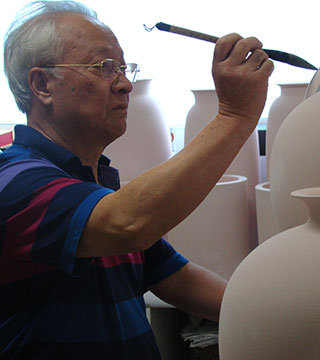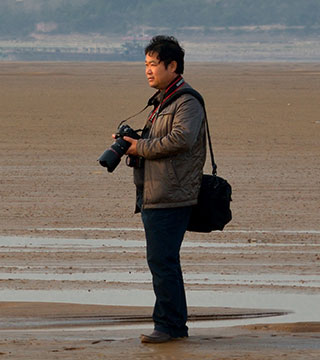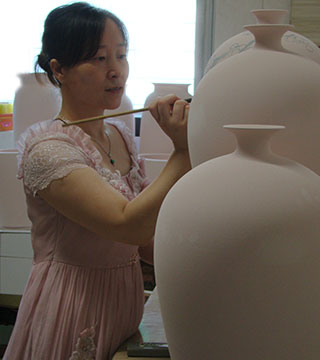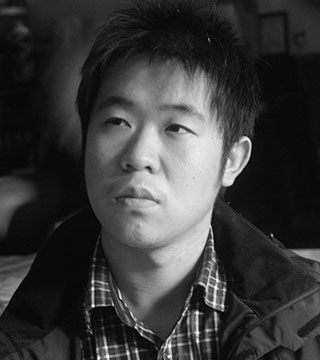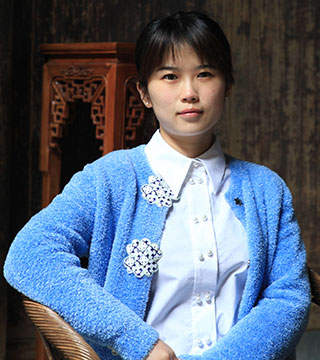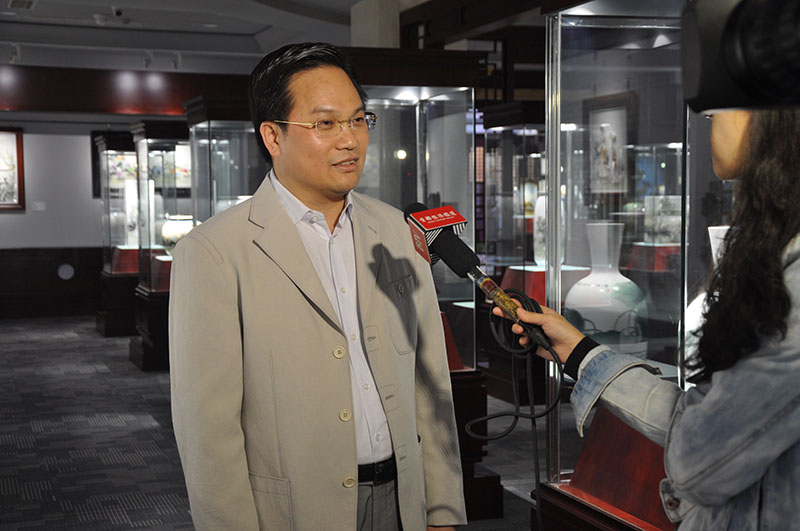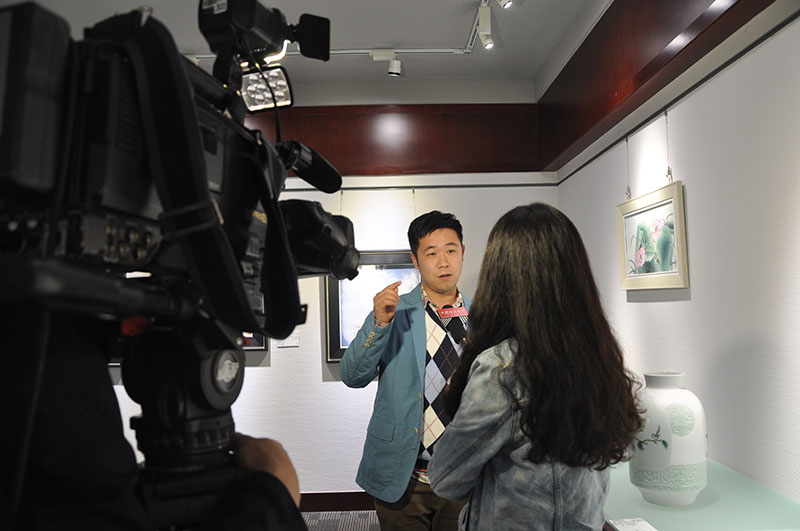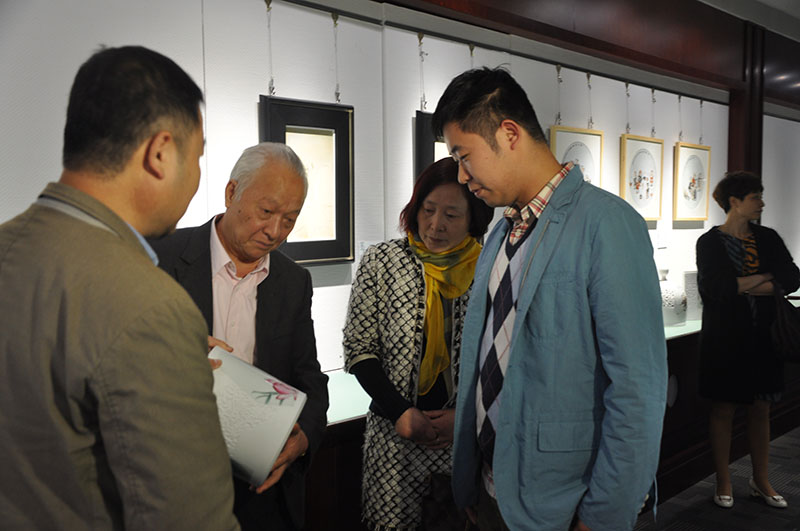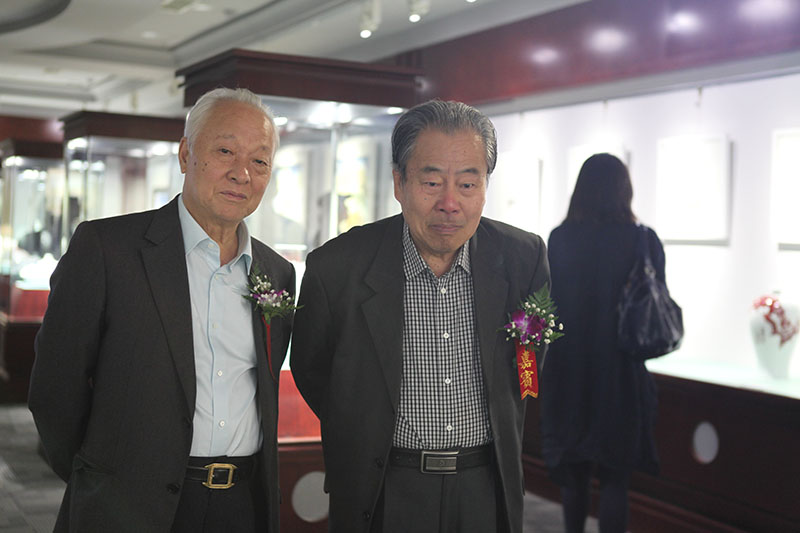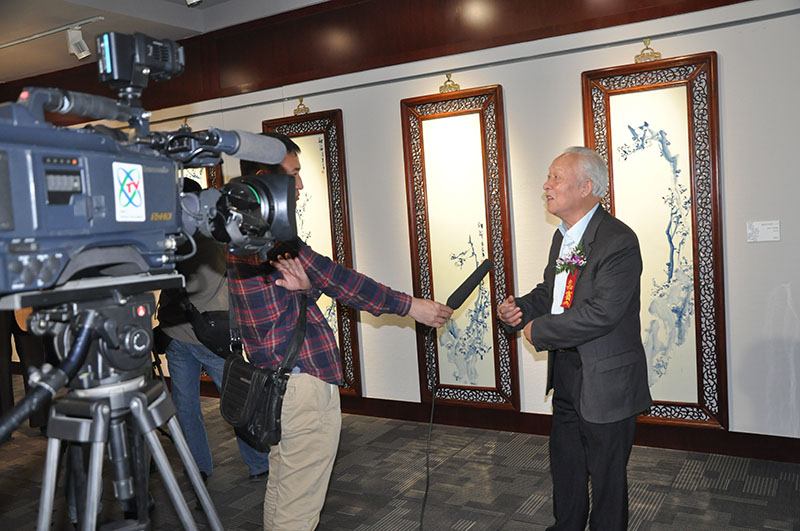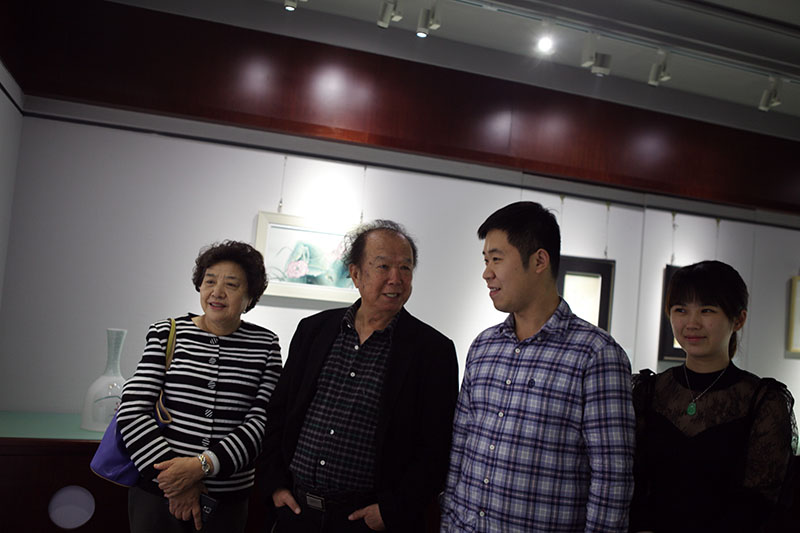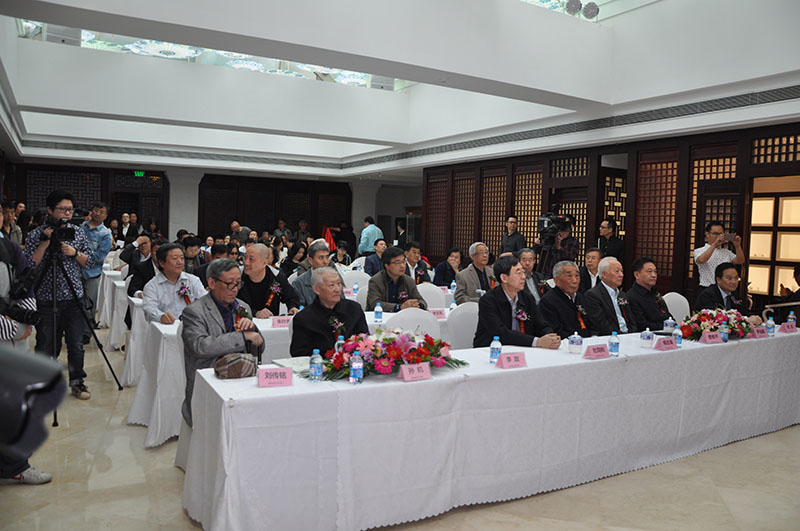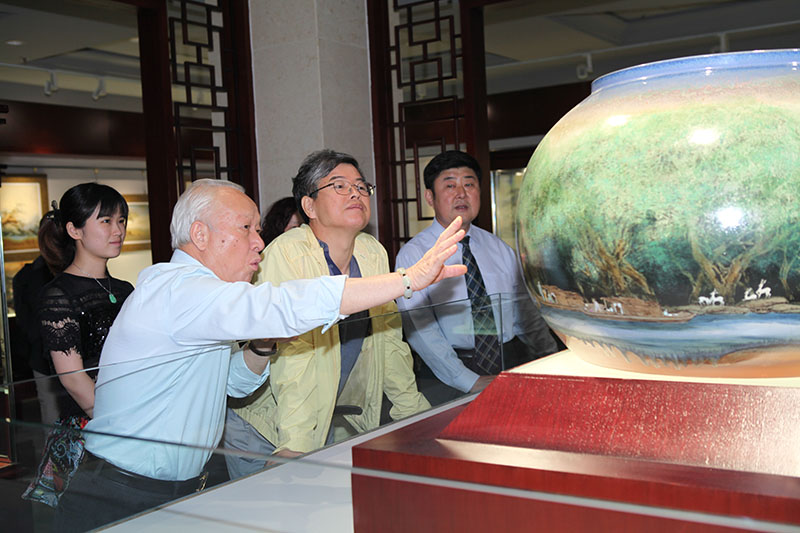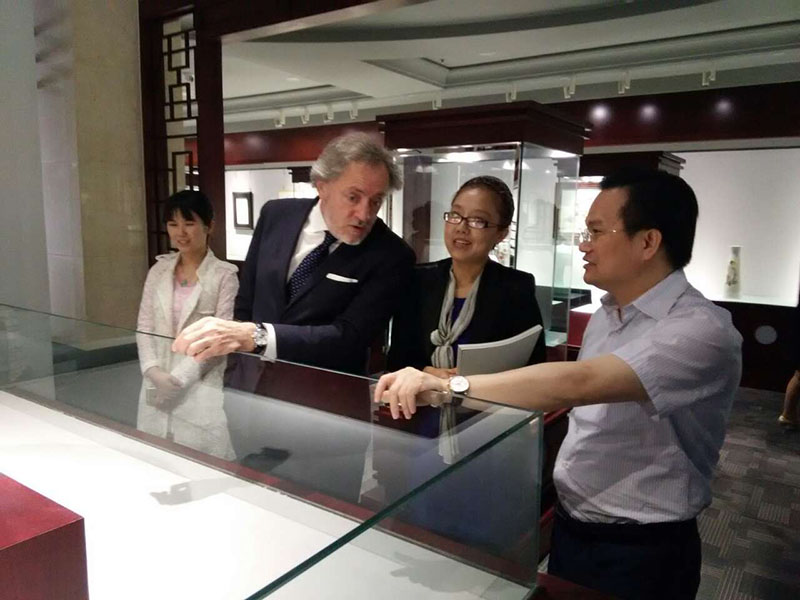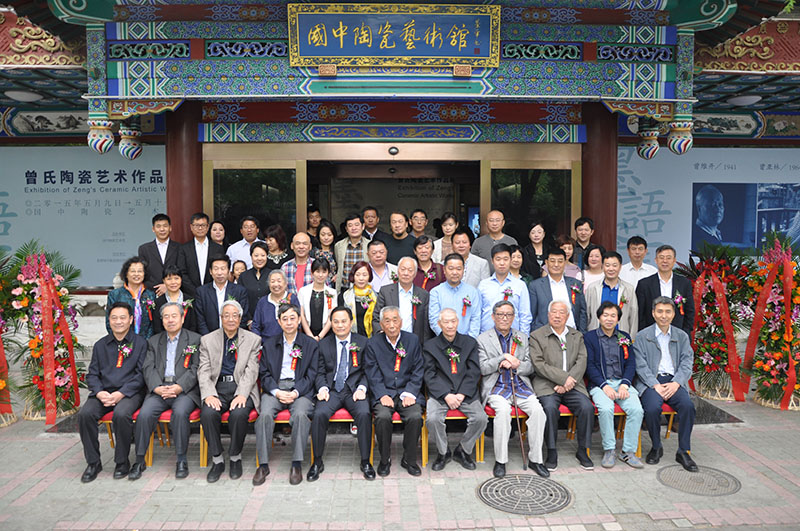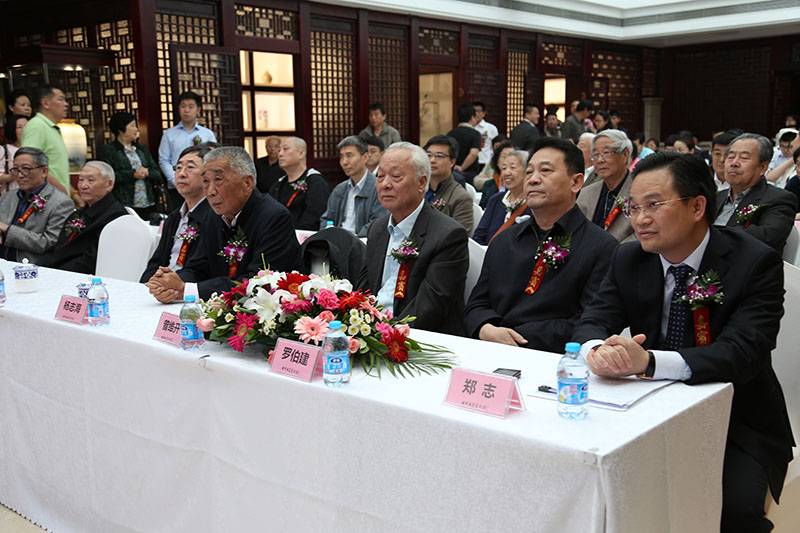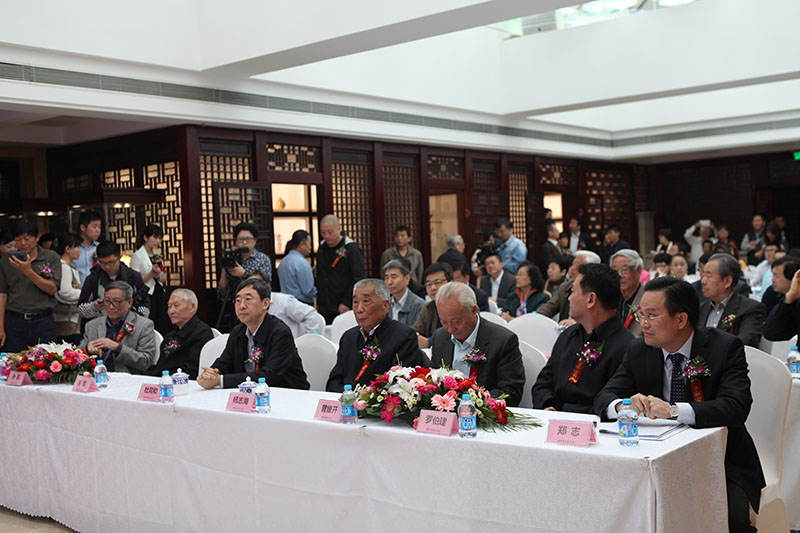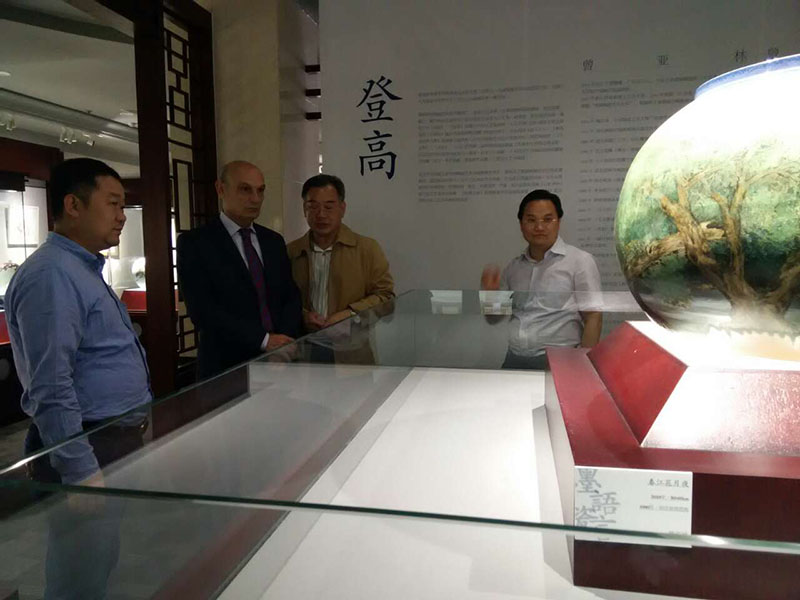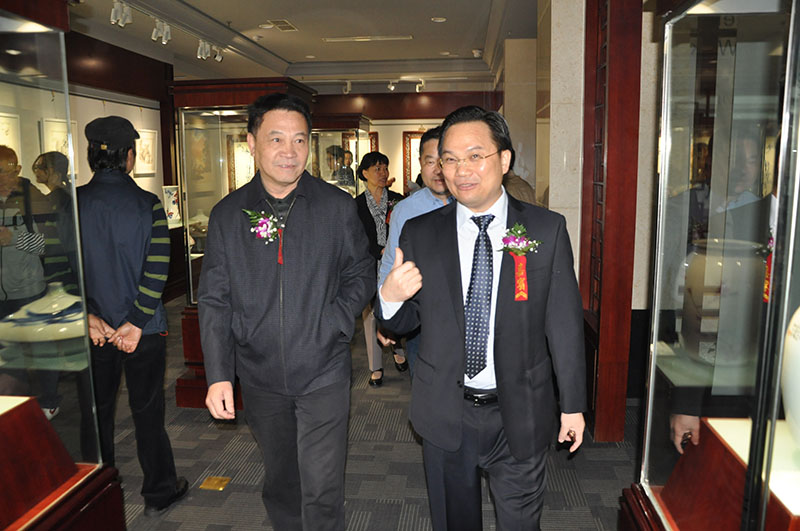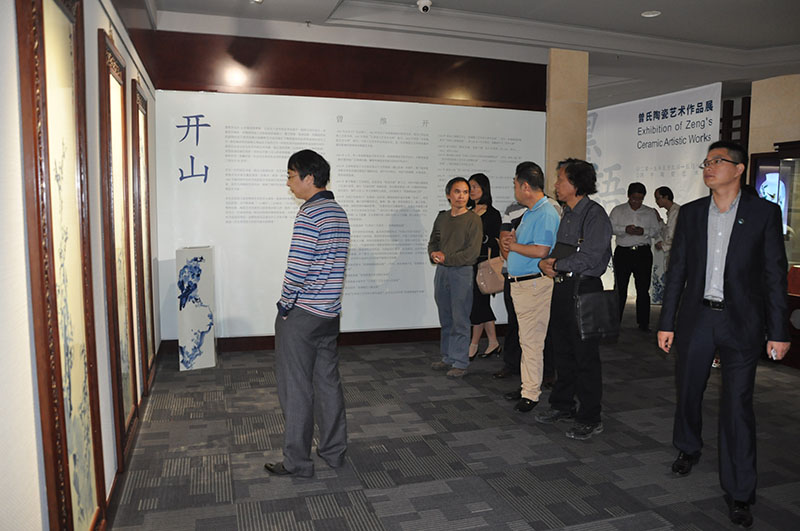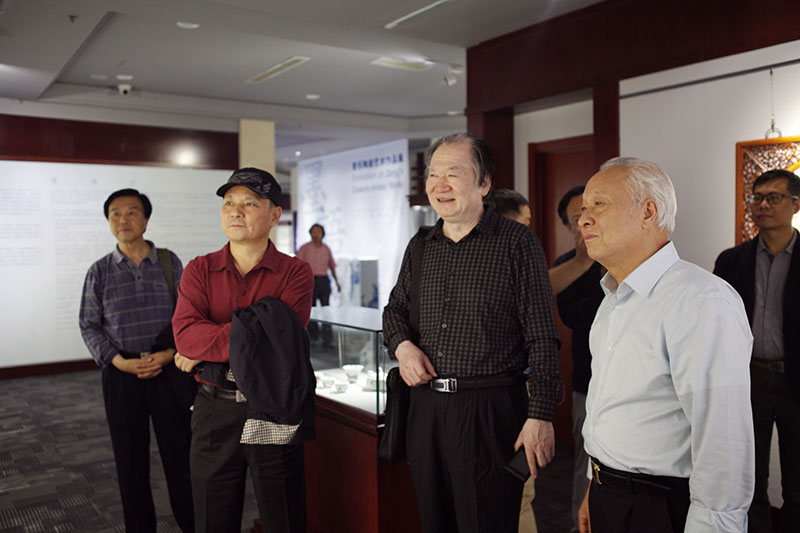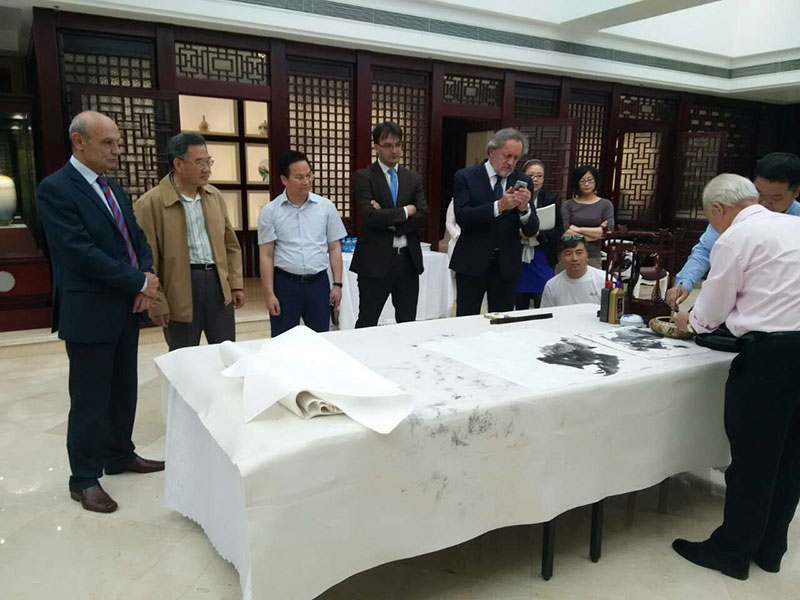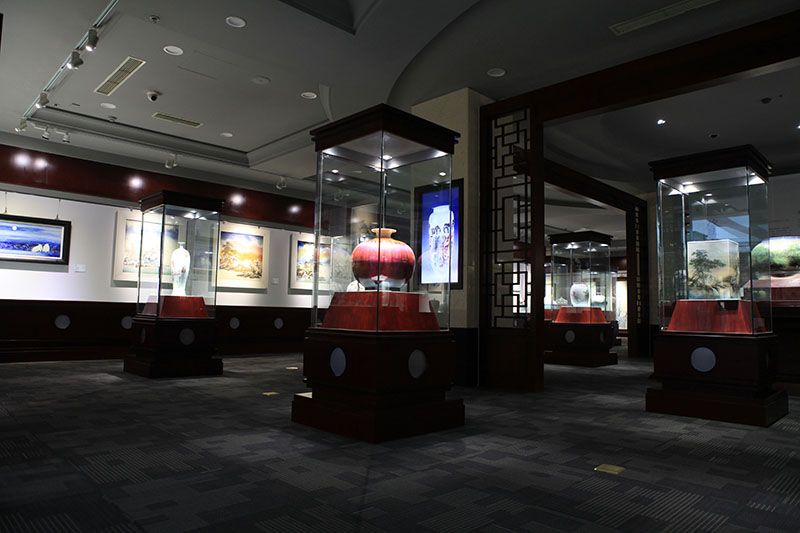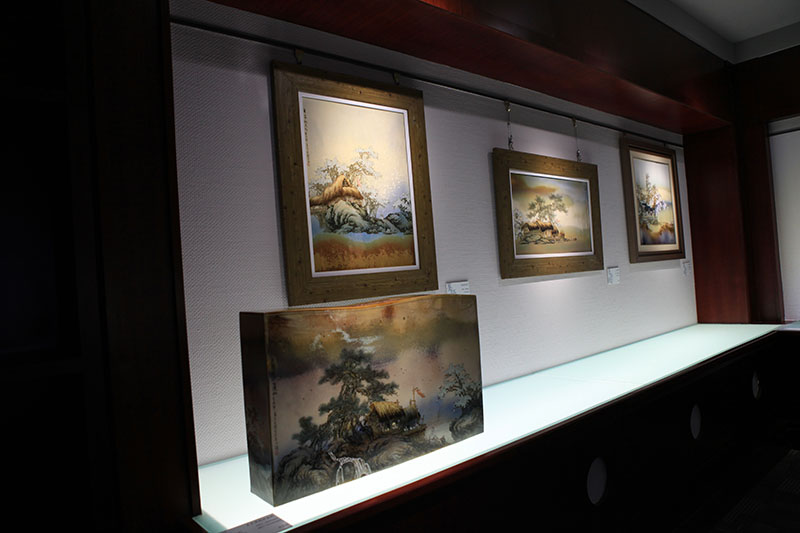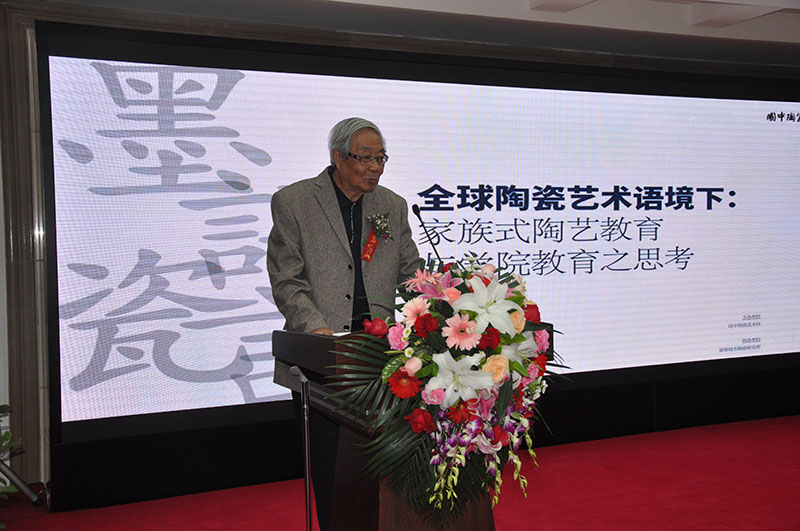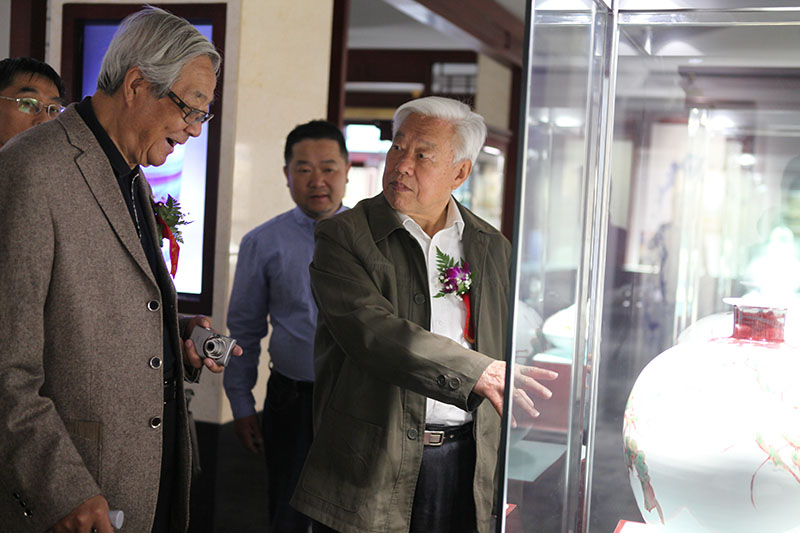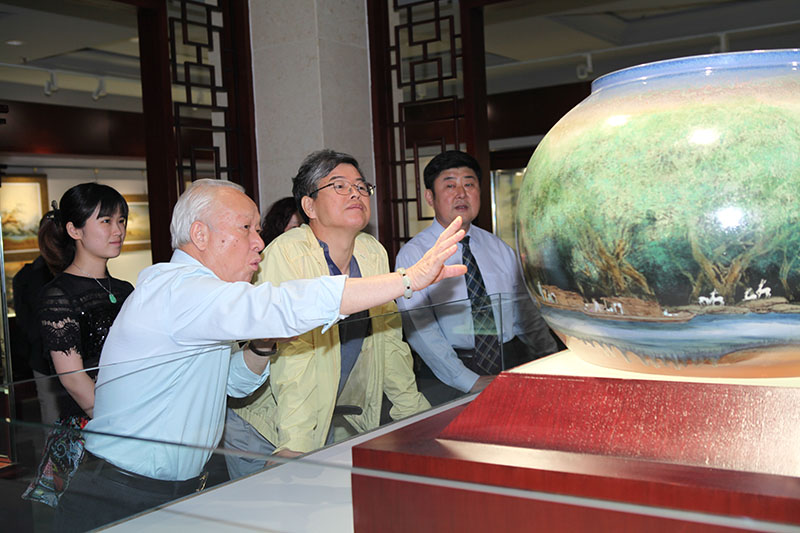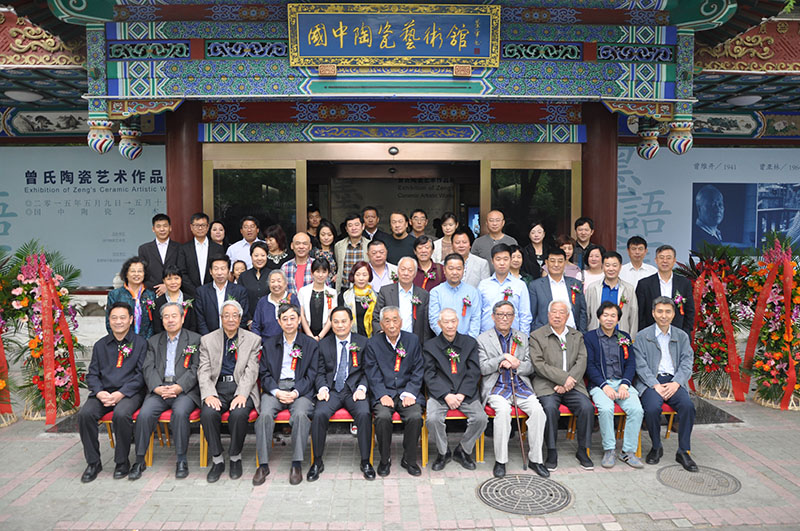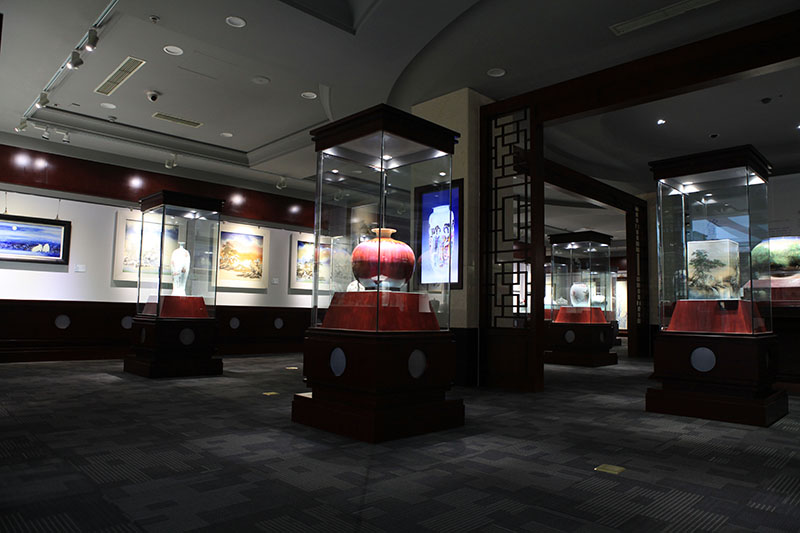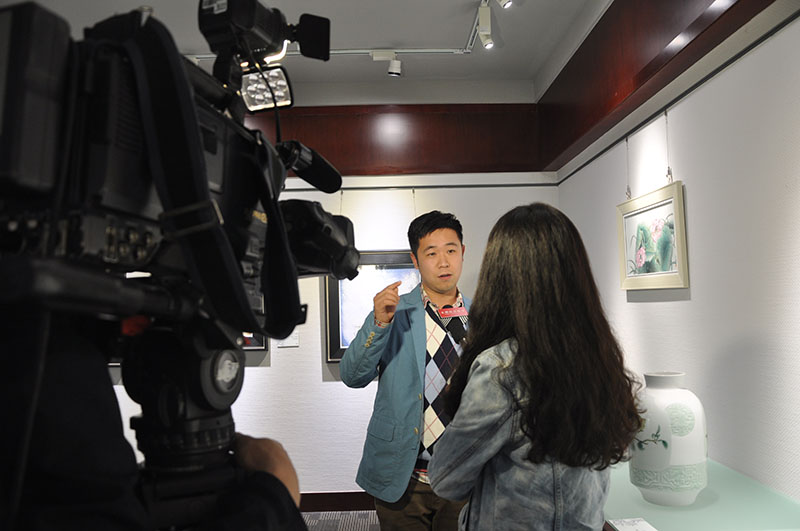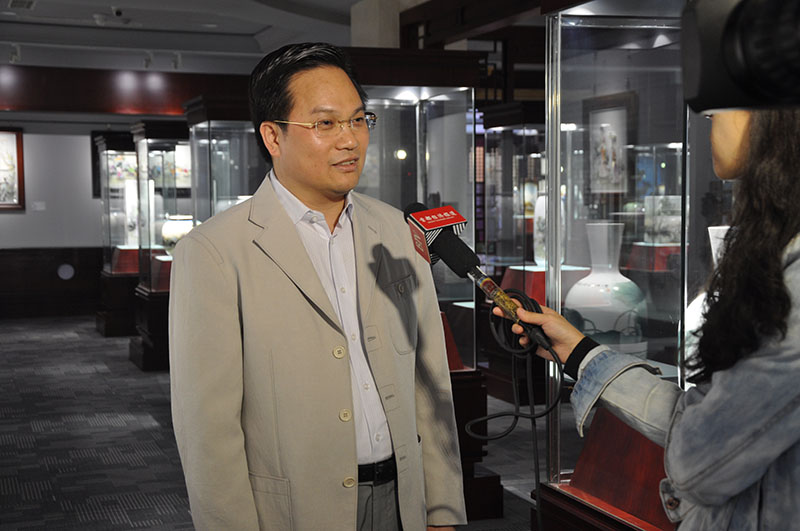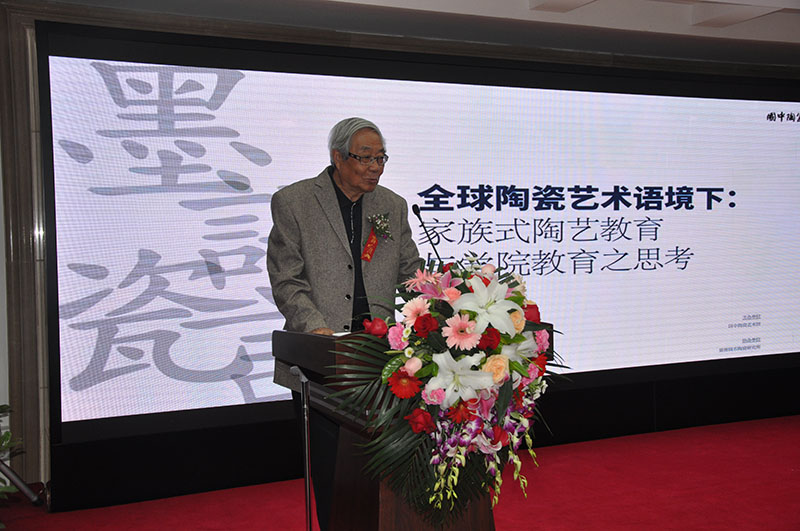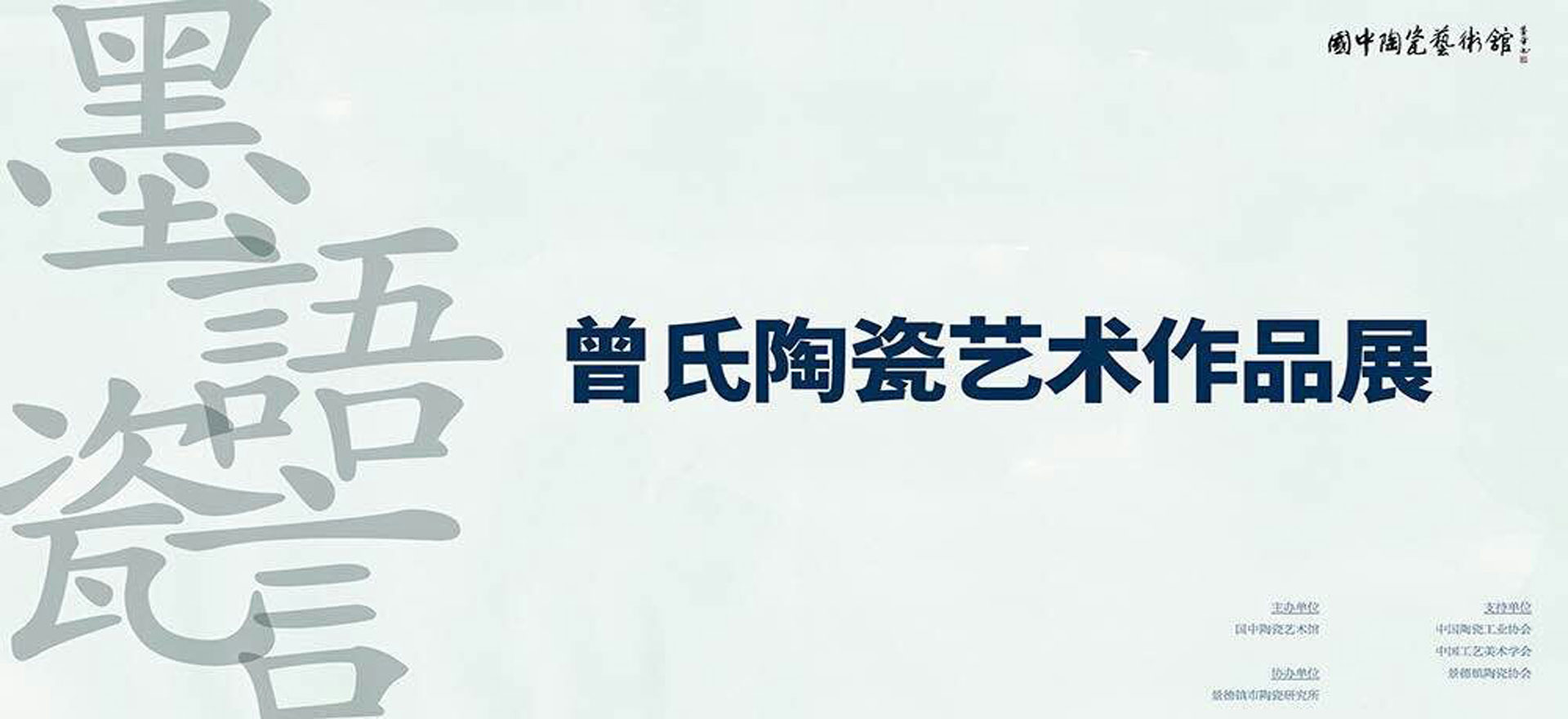

Preface
Ceramics is a great miracle in the development history of human civilization. Ceramic art is the crystallization of the history of Chinese culture and art. It is China's cultural symbol and emblem-China. It can be said that it condenses the entire civilization history of the Chinese nation, as well as all the connotations of philosophical thinking, aesthetic expression and personality catharsis. A family of ceramics with thousands of years of craftsmanship is also a beautiful landscape of Chinese art and culture.
Jingdezhen is the porcelain capital of China for thousands of years. It is world-famous. There are countless people engaged in ceramic art, and the family style is particularly prominent. The three generations of Mr. Zeng Weikai invited in this exhibition are the backbone of the development of ceramic art in Jingdezhen. The Zeng family is rooted in Jingdezhen, and the ceramic art has been passed down from generation to generation. Various unique skills such as ceramic materials, modeling, painting, glaze, firing, etc., have been born and inherited in each generation. Although this typical "ceramic family" has made outstanding achievements, it still does not stick to tradition. The three generations combined the study of the professional college system, exchanged, explored and continuously innovated, forming their own unique ceramic styles: "ink ceramic" plum blossom by Zeng Weikai, composite material decoration by Zeng Yalin, figure painting by Zeng Yaqin, and lotus on porcelain plate by Zeng Chao They all reflect their different aesthetic tastes and artistic pursuits, which is the origin of the name of this exhibition. To
This exhibition hopes to show and study the works of the three generations of great grandparents and grandchildren, so that everyone can appreciate the works of the artists while also thinking about the past, present and future of Chinese ceramic art. There are two main points of concern. First, use the three-generation education inheritance model of the Zeng family as a case to study the direction of future ceramic art education in China; second, under the broad perspective of global contemporary ceramic art, take the generations of Zeng family The difference and contemporaryness of the artist's works are the starting point, thinking about how to promote the development of contemporary Chinese ceramic art. To
Any excellent art with continuity is inseparable from excellent education. Through the efforts of generations to generations, the practitioners of China's ceramics industry, while continuing to innovate, have also allowed ceramic craftsmanship, ceramic art and ceramic culture to be passed on from generation to generation. Like other handicraft industries, the traditional way of inheritance in the ceramic industry is hereditary. The advantage of this kind of education method is that it is imparted without reservation; because it cannot be ignored, the skills can be refined. But its shortcomings are also obvious. For example, skills are easily interrupted and lost; there is no open learning and communication, which leads to the narrowness of technological development.
After the founding of New China, Jingdezhen established the Ceramic Art School, introducing modern education into the ancient ceramic industry. At present, there are two modes of ceramic art education: one is traditional family biography and private apprenticeship, and the other is modern vocational education and higher art education. The teaching mode of the academy is based on the traditional Chinese pottery art, introducing the western pottery art teaching system, forming an academy. The two models learn from each other and influence each other. After decades of development in my country, the art education system of modern Chinese ceramics has gradually formed. The three generations of the Zeng family are the crystallization of these two educational models.
Today's ceramics is no longer the unique language of China, but the international language of the world. The artist's work has entered the era of global sharing. Ceramic art has also been liberated from the traditional Bogu shelf and interior decoration, evolved from a single arts and crafts to a part of contemporary art, forming a diversified expression of various art using "ceramics" as the medium. In such an international era, how does China's ceramic art develop? Three generations of the Zeng family answered this question inadvertently. Although they were born in different eras, they are still creating. Not only do they have their own strengths, but they also have outstanding achievements in their respective fields. Their works are both individual and contemporary. From the development and changes of the works of the three generations of artists of Zeng, we can further discuss the integration and difference between Chinese contemporary ceramic art and international ceramic art, thus promoting the development of Chinese contemporary ceramic art.
The function of the exhibition is not only to show the public the excellent works of the artist, but also to a higher level, guide the public to think, listen to pointers and suggestions, and promote the artist to broaden his horizons and create more excellent works. This exhibition hopes to see the differences in Chinese ceramic art and education from the works of the three generations of Zeng, promote the development of Chinese ceramic art in a better direction, and revive the status of Chinese ceramic art in the world. To
Thank you three generations of Zeng artists for their contributions to Chinese ceramic art. Thank them for their enthusiasm and openness, allowing the National Ceramic Art Museum to discuss and disseminate their works as case exhibitions.
Participating Artists
Activity
- Videos
- Pictures
- Related News
- Materials
- About UsIntroduction to the MuseumSpeech by curatorManagement TeamLeadership CareServiceContact Us
- NewsDomestic NewsInternational News
- Exhibition OnlineCurrent ExhibitionExhibition ReviewCollections
- Artists' lecture hallLive OnlinePast Review
- Appreciation & CollectionAppreciationOnline AuctionOnline Transaction
- CooperationCooperation PartnersCeramic BankDigital AssetsIPRBusiness Cooperation

WeChat Official Account

Weibo QR Code
Phone:010-84015509
Fax:010-84015509
Email:xinpindao@bj-yy.com
Address: First Floor, Pingan Mansion, No. 100, Dongsi Shitiao, Dongcheng District, Beijing.

